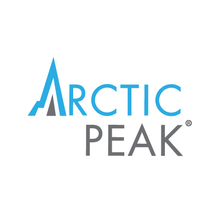
FACTS: Climate Change in the Arctic
The Arctic is more impacted by global warming than any other place in the world.
For the people and animals that live in the Arctic’s unique environment, climate change is not a debate; it’s a daily reality. And with the world growing warmer, Arctic ice is melting even faster, threatening their safety and way of life.
Already in the past 30 years, we’ve seen areas of Arctic sea ice melt that are larger than Norway, Sweden and Denmark combined.
Why the Arctic Matters for Global Warming
Nowhere is climate change more obvious than in the Arctic. The Arctic helps to regulate the world’s temperature, so as more Arctic ice melts, the warmer our world becomes.
These are the facts:
- Melting ice speeds up climate change. Global warming is causing Arctic ice to melt - ice reflects sunlight, while water absorbs it. When the Arctic ice melts, the oceans around it absorb more sunlight and heat up, making the world warmer as a result. This is called the ‘Albedo effect’.
- Sea levels are rising. Over the past century, the global average sea level has risen four to eight inches. Melting Arctic ice is expected to speed up sea level rise. Some experts even estimate that the oceans will rise as much as 23 feet by 2100, which would flood major coastal cities and submerge some small island countries, causing untold devastation.
- Shrinking sea & Arctic Wildlife. Because of climate change, ice cover is changing rapidly, in both extent and thickness, and shrinking far too quickly for these species to adapt. Shrinking sea ice is a major problem for animals in the Arctic.

